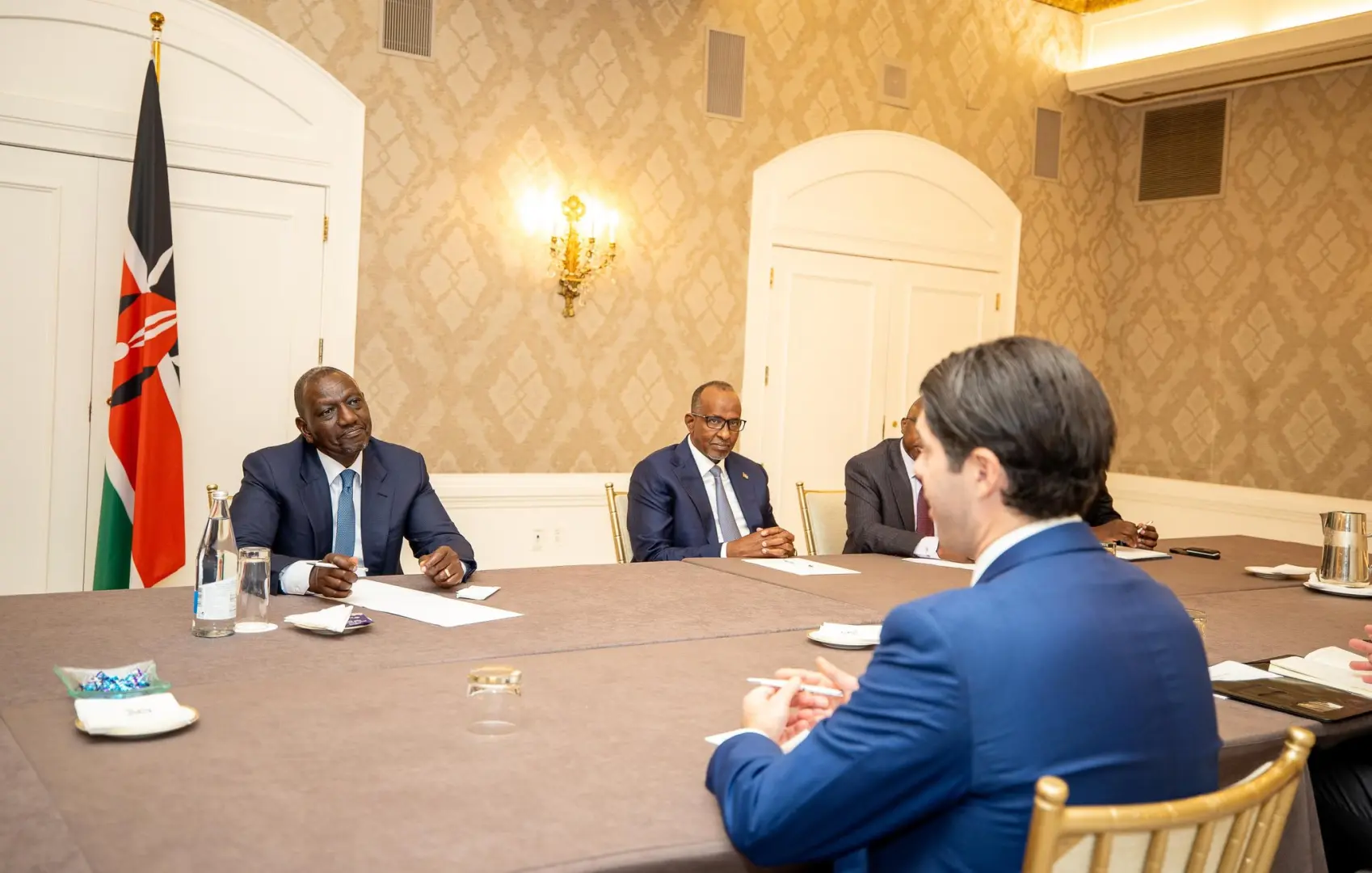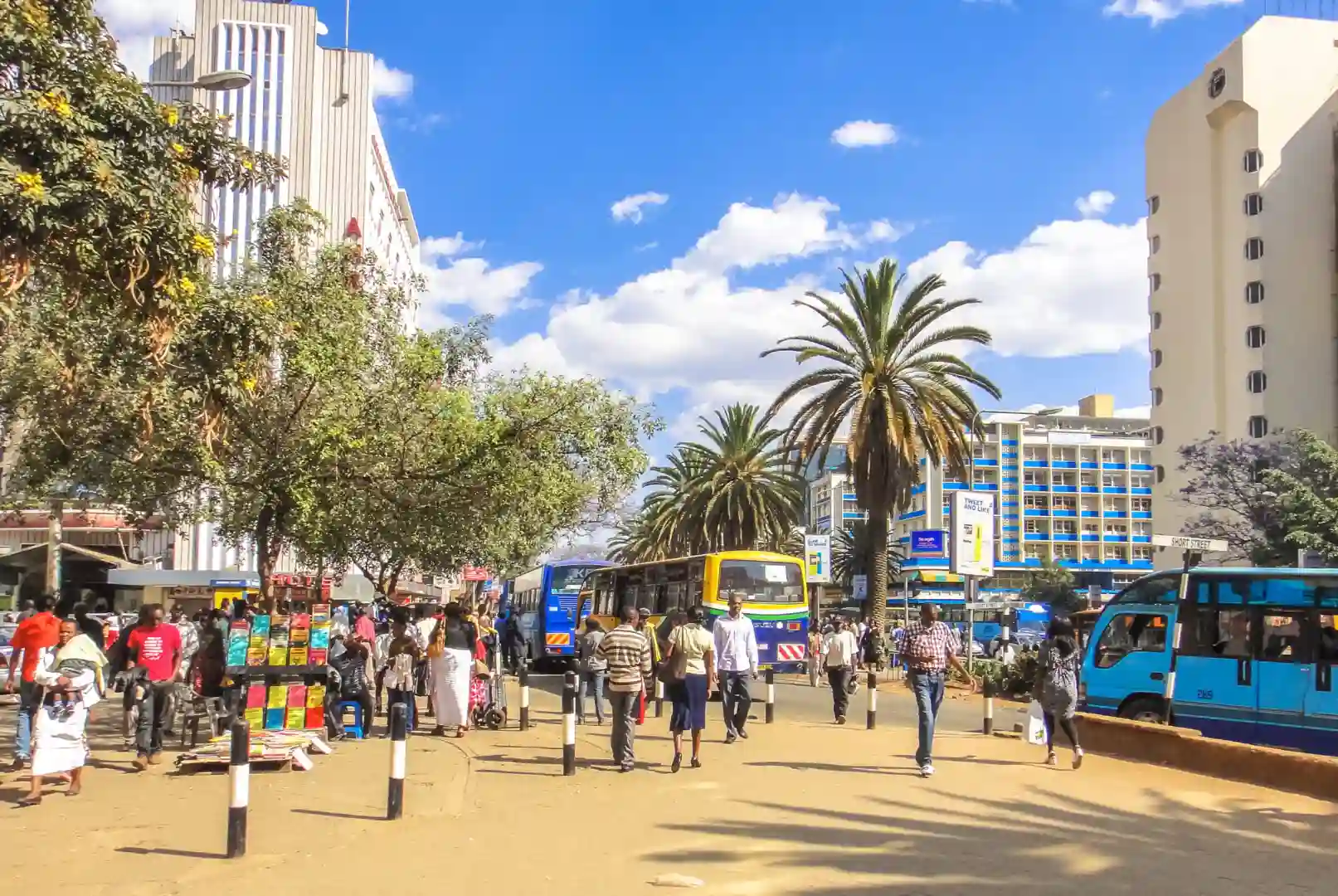In a strategic move poised to redefine Kenya’s financial landscape, Safaricom and the Kenya Bankers Association (KBA) have jointly proposed the adoption of Pesalink as the nation’s next-generation fast payment system (FPS). This collaborative initiative aims to streamline digital transactions across the country by leveraging existing infrastructure, thereby promoting efficiency and cost-effectiveness.
The Proposal: Leveraging Existing Infrastructure
The proposal, submitted to the Central Bank of Kenya (CBK), emphasizes the utilization of Pesalink’s current framework over the development of a new FPS or the reliance on multiple private switches. Operated by the KBA through its fintech subsidiary, Integrated Payment Services Limited (IPSL), Pesalink has already facilitated approximately $8.5 billion (KES 1.1 trillion) in digital payments within Kenya. This substantial throughput underscores its capacity and reliability as a payment platform.
By positioning Pesalink as the foundation for the national FPS, the proposal seeks to ensure seamless interoperability among various financial platforms, including traditional banks, mobile money operators like M-Pesa, and emerging fintech entities. This integration is anticipated to bridge existing gaps in Kenya’s fragmented payments ecosystem, where mobile money services often operate in silos, separate from conventional banking institutions.
Addressing the Fragmented Payments Landscape
Kenya’s digital payments environment has evolved into a complex web of systems, with banks, Savings and Credit Cooperative Organizations (SACCOs), and fintech companies each maintaining private agreements to interface with mobile money platforms. This fragmented structure has led to disparities in transaction fees and inconsistent service quality, posing challenges for consumers and businesses alike.
The Safaricom-KBA proposal argues that by harnessing Pesalink’s established framework, the nation can standardize its payment systems, thereby reducing transaction costs and enhancing service consistency. This approach aligns with global best practices, where interoperability is key to fostering inclusive and efficient financial ecosystems.
Economic Considerations: Cost and Time Efficiency
Developing a new FPS from the ground up is projected to require an investment of at least $200 million (KES 25.9 billion) and an implementation timeline extending up to four years. In contrast, upgrading Pesalink presents a more economical and expedient alternative. The existing infrastructure can be enhanced to meet the demands of a nationwide FPS, allowing for quicker deployment and significant cost savings.
However, the proposal acknowledges that Pesalink would require substantial upgrades to handle increased transaction volumes and to meet the stringent requirements of a national FPS. Specifically, the system must be capable of processing at least 6,000 transactions per second and must bolster its interoperability features to seamlessly connect all payment platforms. Additionally, enhancements in risk management and security protocols are imperative to safeguard the integrity of the system.
Alternative Models: A Comparative Perspective
While the proposal advocates for an industry-led solution centered on Pesalink, it also considers alternative models. One such model is the Colombian approach, which employs multiple private switches managed by a centralized regulator, akin to the CBK. While this system offers a cost-effective solution, it may introduce complexities in service quality and governance due to the involvement of multiple operators.
The proposal suggests that a single, upgraded platform like Pesalink could mitigate these challenges by providing a unified system with standardized protocols, thereby simplifying regulation and oversight.
Industry Insights: Aligning with Regulatory Vision
Ali Hussein Kassim, Chairman of the Association of FinTechs in Kenya, supports the proposal, stating, “A more integrated payments ecosystem would support the growth of Kenya’s digital economy by making it easier for businesses and individuals to transact across different platforms. This aligns with the CBK’s vision for a unified and interoperable payments system, potentially simplifying regulatory oversight.”
The CBK has yet to make a definitive decision regarding the proposed FPS upgrade. However, there is considerable advocacy within the financial sector for the regulator to endorse an upgrade to the existing infrastructure, viewing it as a pragmatic approach to achieving a cohesive payment system.
Future Prospects: Envisioning an Integrated Financial Ecosystem
If the proposal gains approval, Pesalink will undergo significant enhancements to accommodate the anticipated surge in digital transactions. Safaricom and KBA envision a future where Pesalink not only facilitates basic payments but also supports more complex transactions, including cross-platform payments among mobile money providers, banks, and fintech companies.
This envisioned integration aims to create a more inclusive financial ecosystem, enabling consumers to transact seamlessly across various platforms. Such a system would reduce barriers between mobile wallets and traditional bank accounts, fostering financial inclusion and economic growth.
The Role of M-Pesa: A Catalyst for Integration
Safaricom’s M-Pesa, Kenya’s largest mobile money platform, is set to play a pivotal role in this integration. By joining the Pesalink network, M-Pesa aims to bridge the gap between mobile wallets and traditional bank accounts, creating a more unified payments ecosystem in Kenya. This integration is expected to make transferring money between mobile wallets and bank accounts faster and more seamless for millions of Kenyans, thereby enhancing financial inclusion.
Global Context: Kenya’s Digital Payment Landscape
Kenya has long been a pioneer in digital payments, with platforms like M-Pesa revolutionizing the way transactions are conducted. The country’s digital payments market is projected to grow significantly, with total transaction value expected to reach $7.64 billion in 2024 and an annual growth rate of 25.74% leading to a projected total of $24.01 billion by 2029. This growth underscores the importance of developing a robust and interoperable payment system to support the increasing volume of digital transactions.
Challenges and Considerations
While the proposal presents a compelling case for leveraging existing infrastructure, several challenges must be addressed to ensure successful implementation:
- Technical Upgrades: Significant enhancements are necessary to ensure Pesalink can handle increased transaction volumes and provide seamless interoperability across various platforms.
- Security Measures: Strengthening security protocols is crucial to protect against cyber threats and maintain user trust in the system.
- Stakeholder Collaboration: Effective collaboration among banks, mobile money operators, fintechs, and regulators is essential to align interests and ensure smooth integration.
- Regulatory Framework: Developing a supportive regulatory environment that fosters innovation while ensuring consumer protection will be key to the system’s success.
Conclusion
The joint proposal by Safaricom and the Kenya Bankers Association to designate Pesalink as Kenya’s next-generation fast payment system represents a strategic effort to unify the country’s fragmented payments landscape. By leveraging existing infrastructure, the initiative aims to enhance interoperability, reduce transaction costs, and promote financial inclusion. As the Central Bank of Kenya deliberates on this proposal, the nation stands at a pivotal juncture in its digital financial journey, with the potential to set a benchmark for payment systems across the region.
Ready to take your career to the next level? Join our dynamic courses: ACCA, HESI A2, ATI TEAS 7 , HESI EXIT , NCLEX – RN and NCLEX – PN, Financial Literacy!🌟 Dive into a world of opportunities and empower yourself for success. Explore more at Serrari Ed and start your exciting journey today! ✨
photo source: Google
By: Montel Kamau
Serrari Financial Analyst
4th January, 2025
Article, Financial and News Disclaimer
The Value of a Financial Advisor
While this article offers valuable insights, it is essential to recognize that personal finance can be highly complex and unique to each individual. A financial advisor provides professional expertise and personalized guidance to help you make well-informed decisions tailored to your specific circumstances and goals.
Beyond offering knowledge, a financial advisor serves as a trusted partner to help you stay disciplined, avoid common pitfalls, and remain focused on your long-term objectives. Their perspective and experience can complement your own efforts, enhancing your financial well-being and ensuring a more confident approach to managing your finances.
Disclaimer: This article is for informational purposes only and does not constitute financial advice. Readers are encouraged to consult a licensed financial advisor to obtain guidance specific to their financial situation.
Article and News Disclaimer
The information provided on www.serrarigroup.com is for general informational purposes only. While we strive to keep the information up to date and accurate, we make no representations or warranties of any kind, express or implied, about the completeness, accuracy, reliability, suitability, or availability with respect to the website or the information, products, services, or related graphics contained on the website for any purpose. Any reliance you place on such information is therefore strictly at your own risk.
www.serrarigroup.com is not responsible for any errors or omissions, or for the results obtained from the use of this information. All information on the website is provided on an as-is basis, with no guarantee of completeness, accuracy, timeliness, or of the results obtained from the use of this information, and without warranty of any kind, express or implied, including but not limited to warranties of performance, merchantability, and fitness for a particular purpose.
In no event will www.serrarigroup.com be liable to you or anyone else for any decision made or action taken in reliance on the information provided on the website or for any consequential, special, or similar damages, even if advised of the possibility of such damages.
The articles, news, and information presented on www.serrarigroup.com reflect the opinions of the respective authors and contributors and do not necessarily represent the views of the website or its management. Any views or opinions expressed are solely those of the individual authors and do not represent the website's views or opinions as a whole.
The content on www.serrarigroup.com may include links to external websites, which are provided for convenience and informational purposes only. We have no control over the nature, content, and availability of those sites. The inclusion of any links does not necessarily imply a recommendation or endorsement of the views expressed within them.
Every effort is made to keep the website up and running smoothly. However, www.serrarigroup.com takes no responsibility for, and will not be liable for, the website being temporarily unavailable due to technical issues beyond our control.
Please note that laws, regulations, and information can change rapidly, and we advise you to conduct further research and seek professional advice when necessary.
By using www.serrarigroup.com, you agree to this disclaimer and its terms. If you do not agree with this disclaimer, please do not use the website.
www.serrarigroup.com, reserves the right to update, modify, or remove any part of this disclaimer without prior notice. It is your responsibility to review this disclaimer periodically for changes.
Serrari Group 2025












